How do cash-back apps work and are they worth it?
Put a percentage of the amount you spend back in your pocket


You have likely heard about credit cards that offer cash back on purchases as part of their rewards program — but you may not be as familiar with another easy way to earn money while shopping: cash-back apps and websites. Like credit cards, these offer to put a percentage of the amount you spend back in your pocket and work on a range of purchases, including online shopping, groceries and gas.
As an added bonus, some of these sites and apps also provide additional money-saving tools, such as "price tracking, price comparisons and the ability to quickly scan the web for coupons," said Bankrate. While the potential upsides may seem clear, it is important to first understand how these platforms work and get a sense of any possible drawbacks.
How do cash-back apps work?
Cash-back sites usually operate as follows: "First, you download the app or extension and sign up for a free membership," then "you sign into the cash-back site, use a link for the store you want to shop in, and start shopping," said Investopedia. The site or app you are using (there are a variety to choose from) then "records your purchases, and you earn money after your transactions are approved and go through."
The Week
Escape your echo chamber. Get the facts behind the news, plus analysis from multiple perspectives.

Sign up for The Week's Free Newsletters
From our morning news briefing to a weekly Good News Newsletter, get the best of The Week delivered directly to your inbox.
From our morning news briefing to a weekly Good News Newsletter, get the best of The Week delivered directly to your inbox.
You will often receive the funds once "your cash back earnings hit a certain amount," at which point you are "able to withdraw the money into a bank account or have your payout sent to a financial service like PayPal," said Bankrate. Additionally, said NerdWallet, "some apps offer points that can be redeemed as a price break on subsequent purchases."
Usually, you will use the cash-back site or mobile app to browse available products and deals, though if you prefer, "you can install a desktop app or browser extension that notifies you of potential deals as you shop," said Bankrate.
And where exactly does the money you are getting — simply for shopping — come from? Put simply, said Bankrate, through referrals. Since "every time you use a cash back app to make a purchase, a retailer gets paid," that means retailers "are more than happy to pay cash back sites in exchange for sending shoppers their way."
Why use a cash-back app?
"Rewards apps are an easy way to earn money and get cash back for everyday purchases," said The Ascent, especially given that many of the top cash back apps are free. Although the rewards and amount of cash back you can earn will vary, downloading a cash-back app or website is a passive method of getting some extra pocket change.
A free daily email with the biggest news stories of the day – and the best features from TheWeek.com
Even better, some of the cash-back apps and websites can help you ensure you are getting the best deal possible when you shop. For example, with one popular cash-back app, Honey, "you can look through the top coupons to determine the best deals," said CNBC Select. Plus, "if you shop on the website of a retailer on the app, there will be a toolbar at the bottom to show you any available promo codes." Some apps may even let you know if you can get a better price elsewhere.
Are there any risks or downsides to cash-back apps?
If you are hoping to quickly get some cash in hand, cash-back apps might not be your best bet. One downside is that these "apps and websites don’t always issue your cash back in a timely manner," said Investopedia. Further, "there may be a cap on how much cash you can earn back."
Taking maximum advantage of cash-back apps can also require some strategizing. "Some cash back sites are better suited for certain purchases than others," said Bankrate, so you will need to do your research to figure out which one best aligns with your shopping habits.
Further, while cash-back apps are generally "free to download" with no "monthly subscription or a one-time fee" involved, "some may charge inactivity fees, so make sure you read the fine print before you choose the right app for you," said The Ascent.
Becca Stanek has worked as an editor and writer in the personal finance space since 2017. She previously served as a deputy editor and later a managing editor overseeing investing and savings content at LendingTree and as an editor at the financial startup SmartAsset, where she focused on retirement- and financial-adviser-related content. Before that, Becca was a staff writer at The Week, primarily contributing to Speed Reads.
-
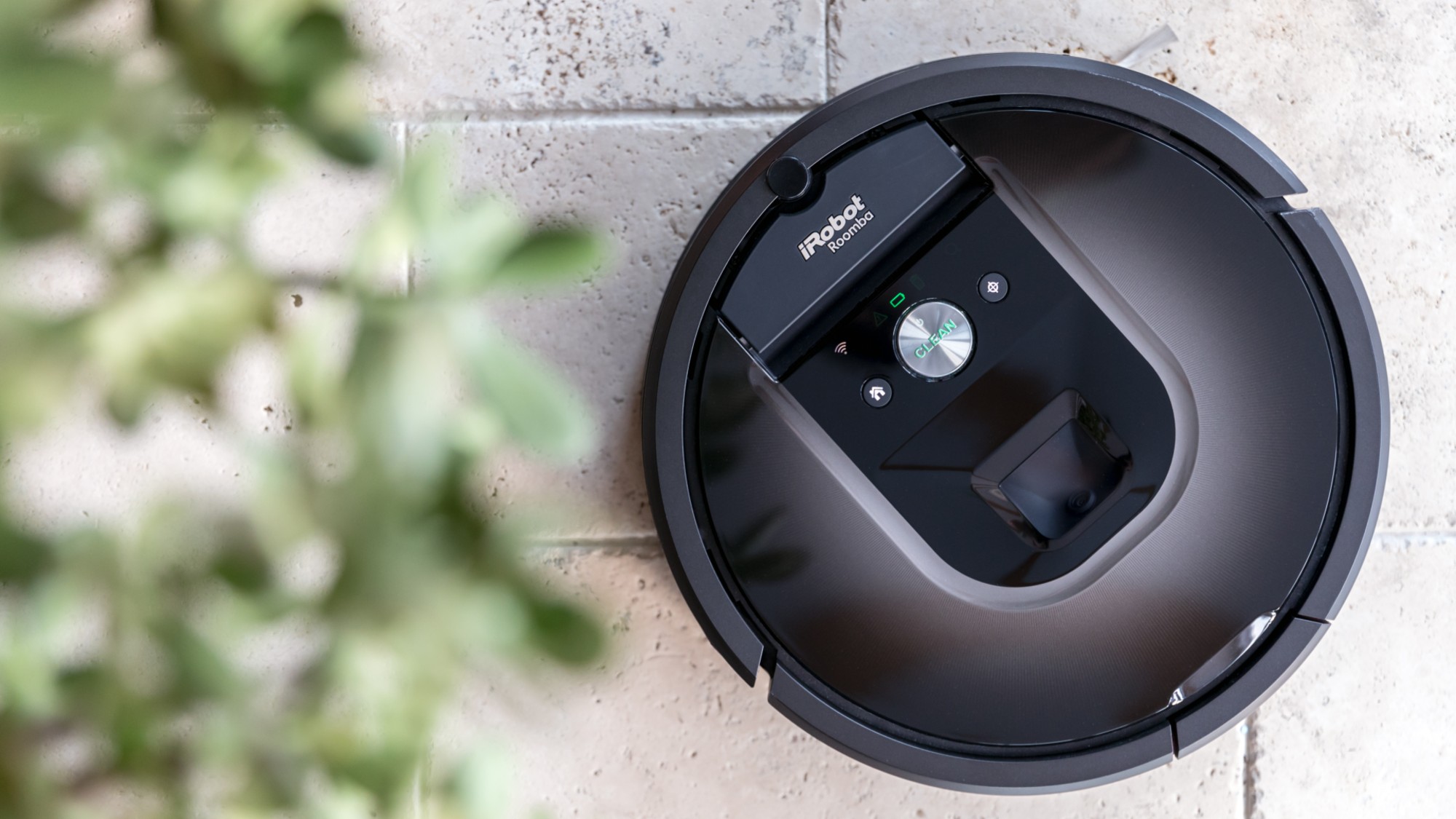 What is Roomba’s legacy after bankruptcy?
What is Roomba’s legacy after bankruptcy?In the Spotlight Tariffs and cheaper rivals have displaced the innovative robot company
-
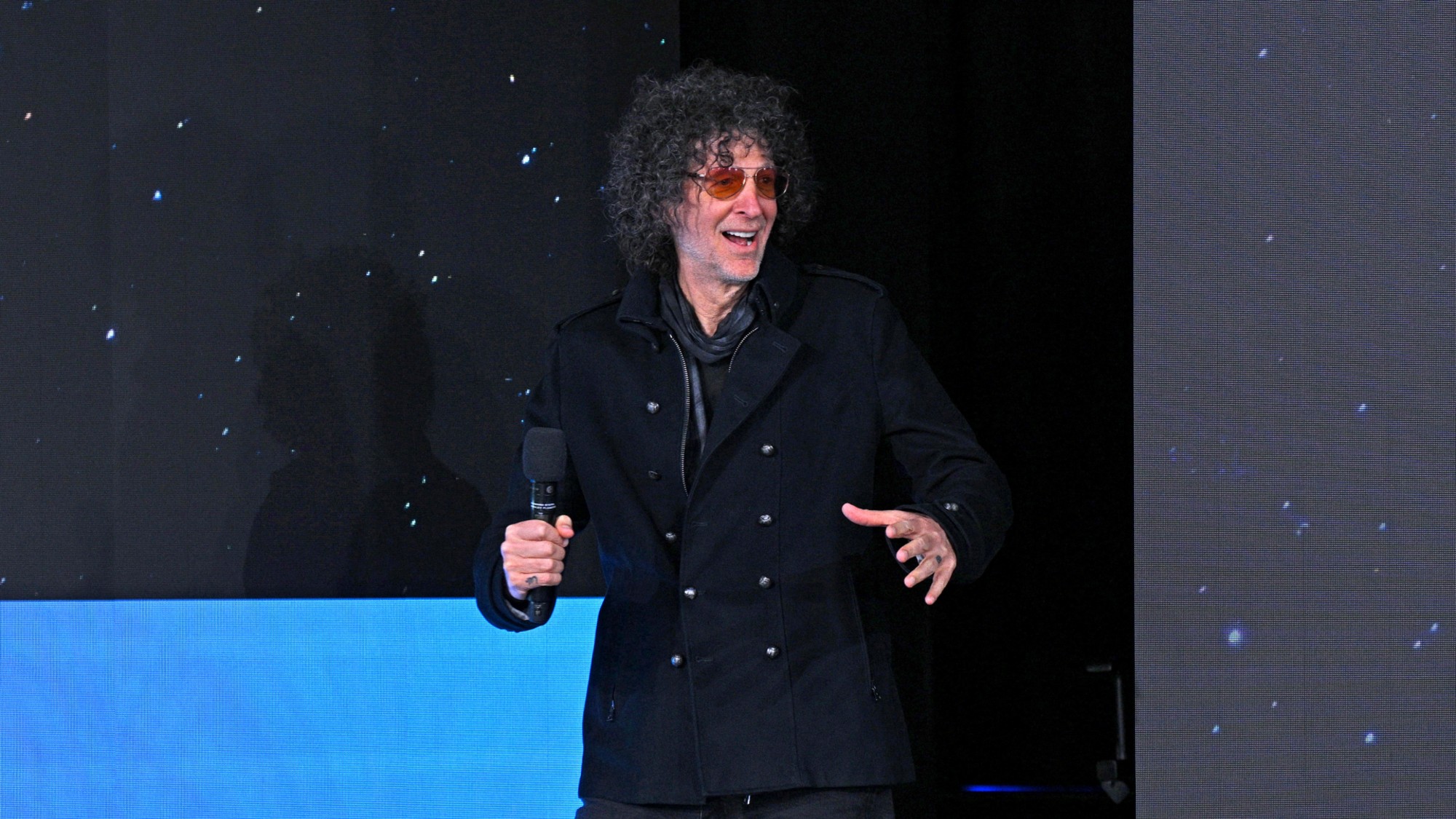 SiriusXM hopes a new Howard Stern deal can turn its fortunes around
SiriusXM hopes a new Howard Stern deal can turn its fortunes aroundThe Explainer The company has been steadily losing subscribers
-
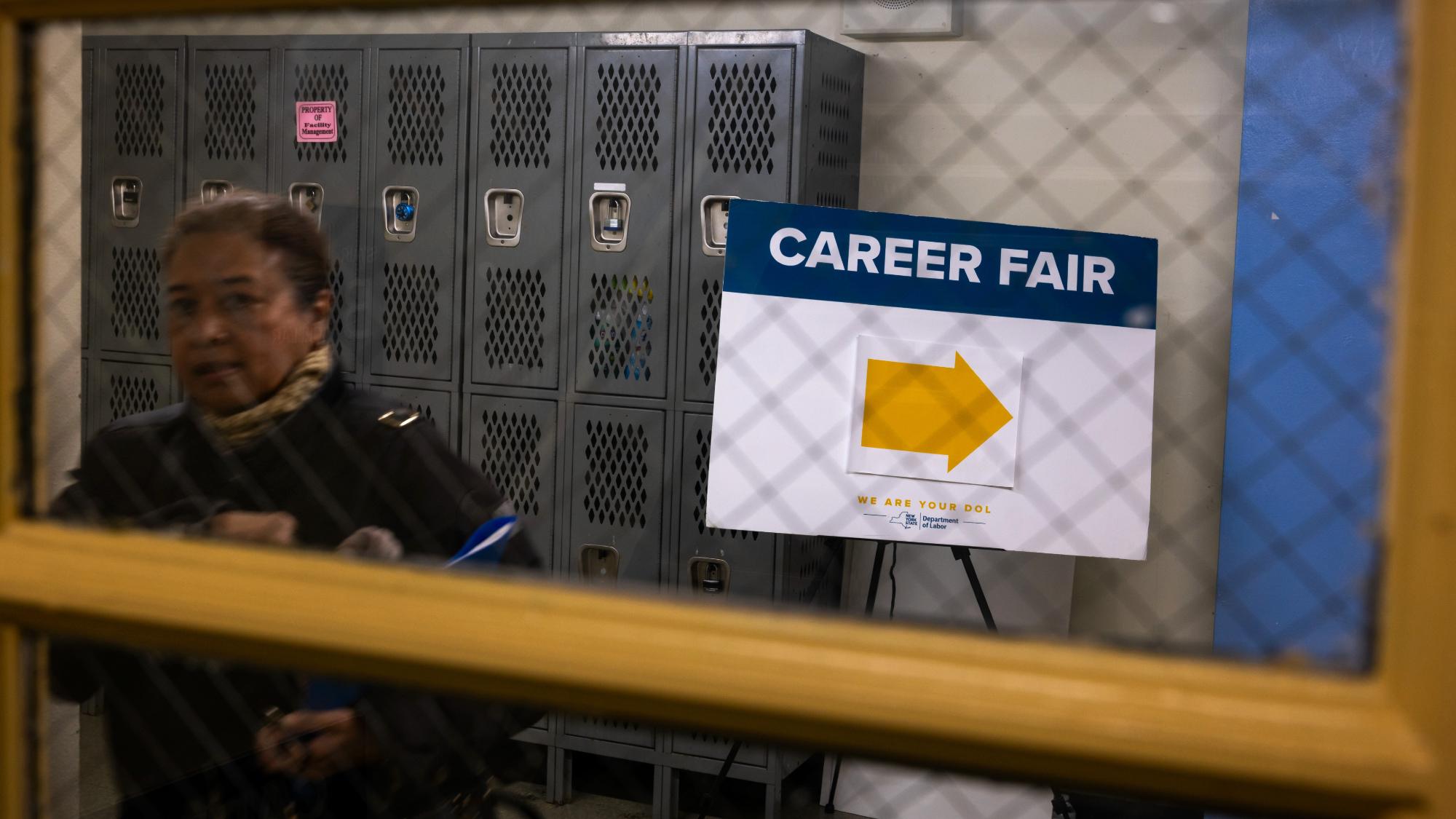 Unemployment rate ticks up amid fall job losses
Unemployment rate ticks up amid fall job lossesSpeed Read Data released by the Commerce Department indicates ‘one of the weakest American labor markets in years’
-
 3 ways to reduce the cost of owning a car
3 ways to reduce the cost of owning a carthe explainer Despite the rising expense of auto insurance premiums and repairs, there are ways to save
-
 How to shop smarter with a grocery budget
How to shop smarter with a grocery budgetThe Explainer No more pushing your cart down the aisles on autopilot
-
 What will next year’s housing market look like?
What will next year’s housing market look like?The Explainer Here is what to expect from mortgage rates and home prices in 2026
-
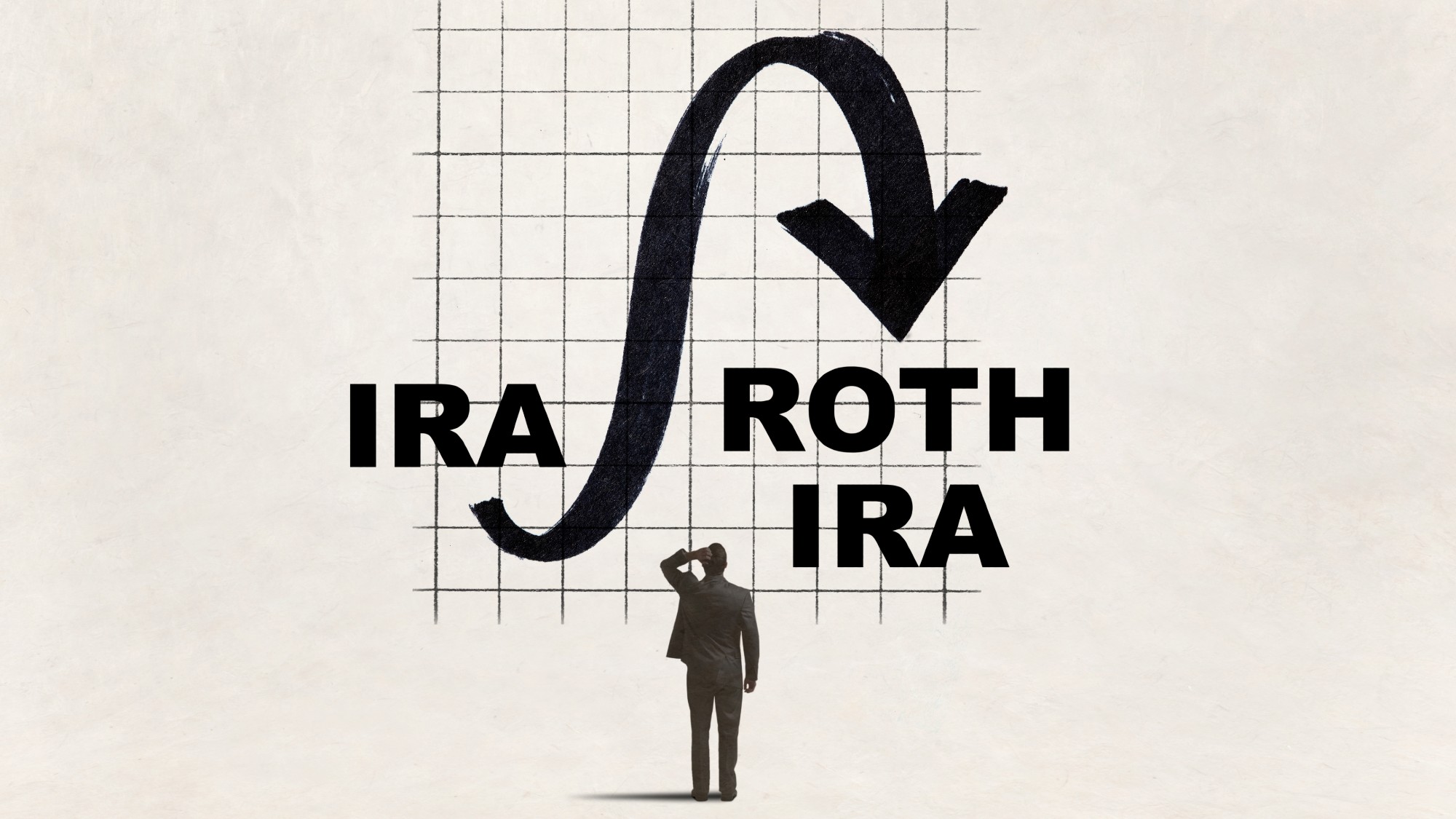 What are the pros and cons of a Roth conversion for retirement?
What are the pros and cons of a Roth conversion for retirement?Pros and Cons By converting a traditional IRA to a Roth IRA, retirees can skip paying taxes on their withdrawals
-
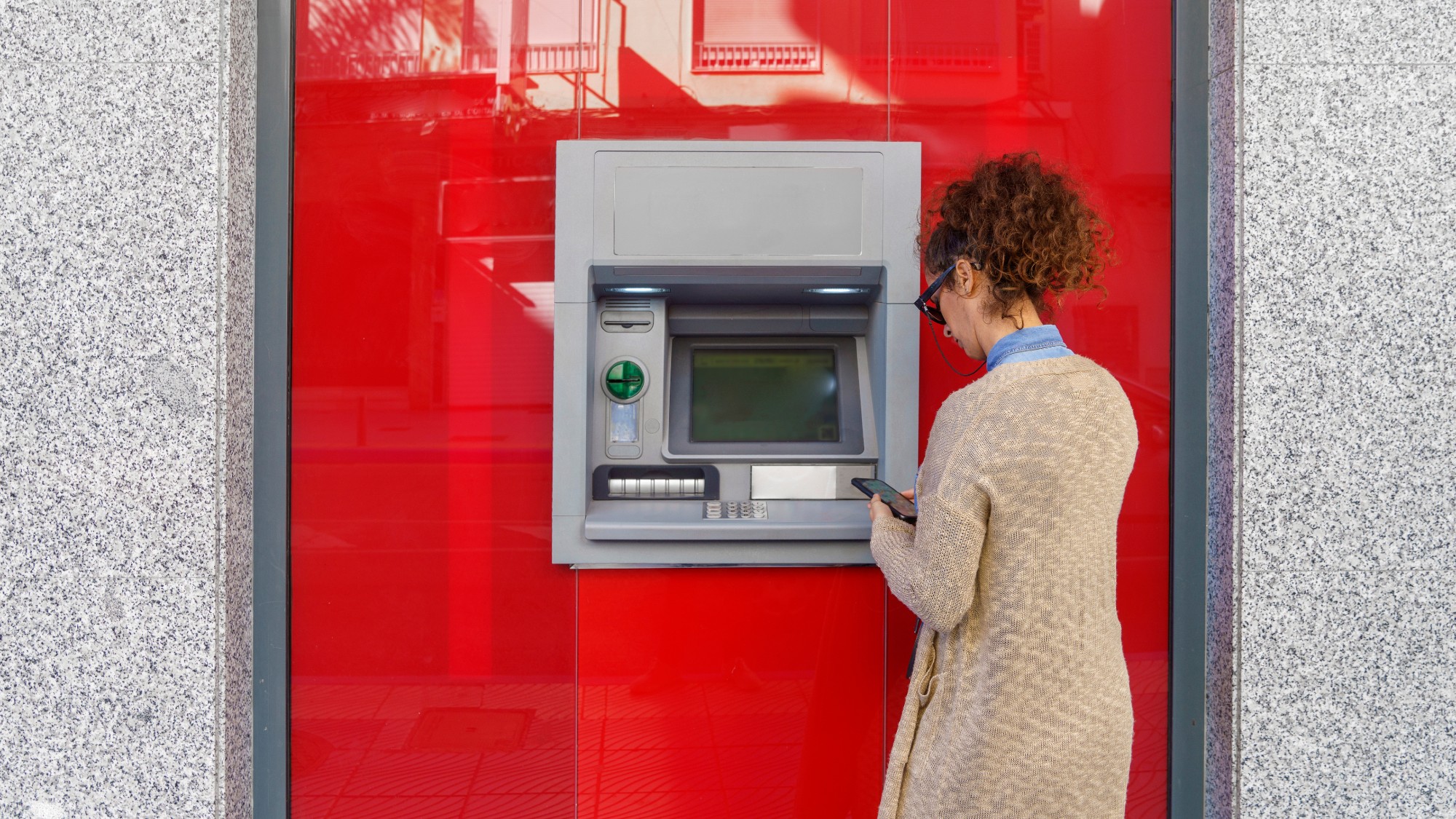 4 easy tips to avoid bank fees
4 easy tips to avoid bank feesThe Explainer A few dollars here and there might seem insignificant, but it all adds up
-
 4 often overlooked home maintenance tasks that could cost you later
4 often overlooked home maintenance tasks that could cost you laterThe Explainer A little upkeep now can save you money down the road
-
 What are portable mortgages and how do they work?
What are portable mortgages and how do they work?the explainer Homeowners can transfer their old rates to a new property in the UK and Canada. The Trump administration is considering making it possible in the US.
-
 How can you tell if you are ready to retire?
How can you tell if you are ready to retire?the explainer All the preparation you need to sail off into your golden years
